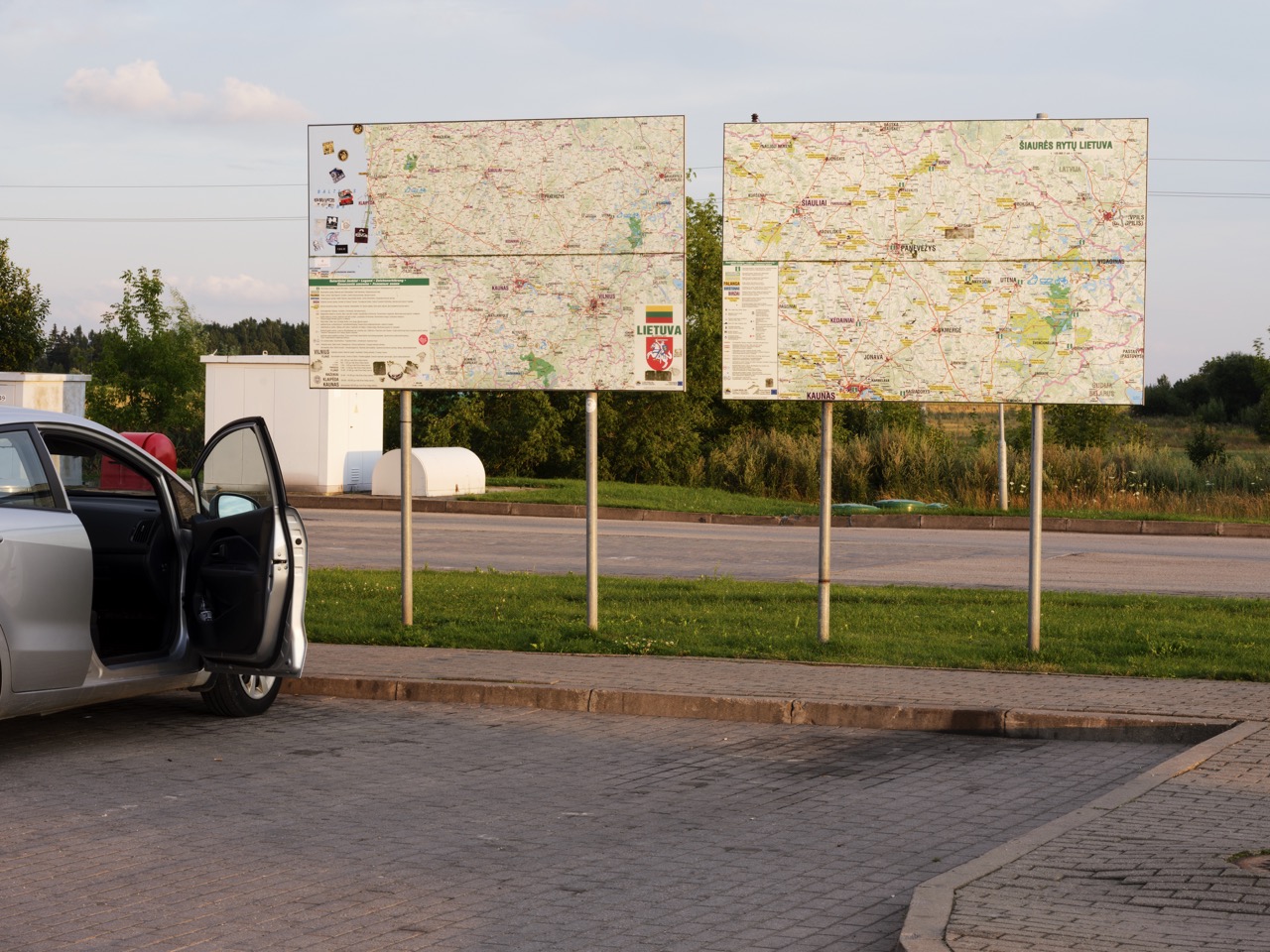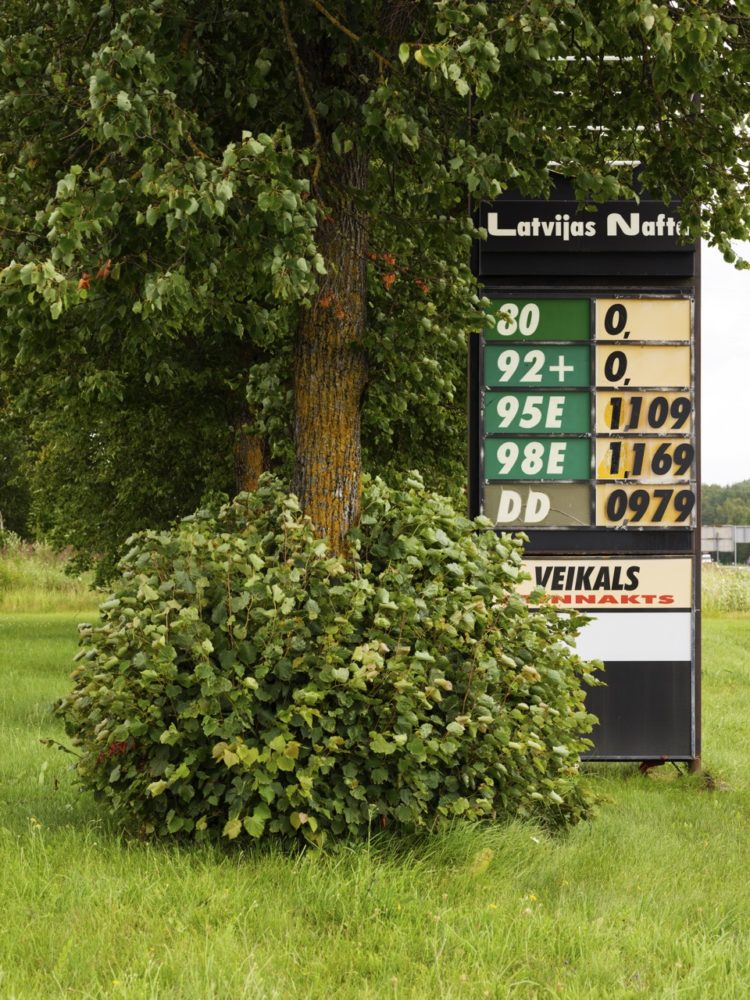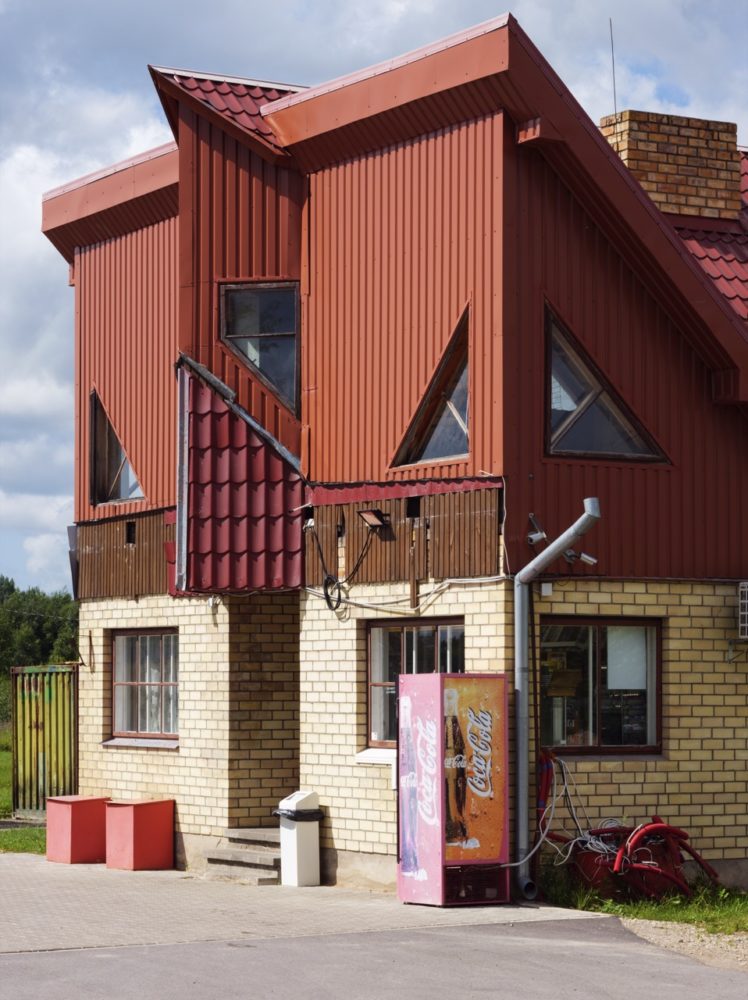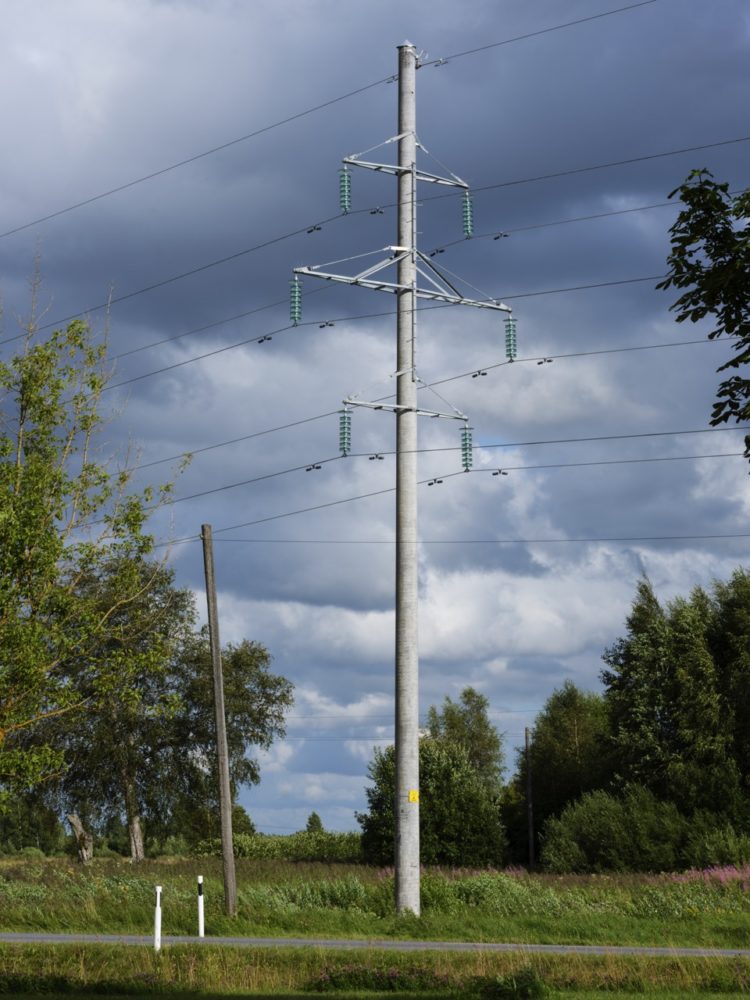Look at a map of contemporary Europe. Now glance to the right, and then up a little. Here, south of the Gulf of Finland and nestled between the northern fringes of Poland and Belarus, sit the Baltic nations: a geological region of political entities firmly (or forever) rooted in the complex, layered and sometime turbulent history of a continent. With the Russian Federation lingering to the East (and also to the West, for that matter), Estonia, Latvia, and Lithuania—all of which joined the European Union during the 2004 expansion—now represent frontier lands: firmly “in the family” and, at the same time, standing at its margins.

In 1942, the Baltic states were subjected to military occupation by Nazi Germany. Two years prior they had been annexed by the Soviet Union, who would reoccupy them again in 1944. Independence, let alone the prospect of a peaceful union of European states following the apparent failure of the League of Nations, seemed little more than a mirage. And yet, amid suppression and conflict, resistant political ideas of a union were nonetheless fermenting.
The Baltoscandic Confederation, published that year by the Lithuanian Cultural Institute, outlined the vision of an entirely new geopolitical entity in Europe. It’s author, the Lithuanian academic Kazys Pakštas, prefaced his ideas with a simple observation: “We are living in turbulent, but nevertheless interesting times.” Pakštas argued that in spite of “growing national and ideological chauvinism, economic autarchy and increasing militarism, humanity has not given up its higher aspirations to achieve national and international cooperation, peace, and universal well-being.”

His idea was simple; almost naively (or charmingly) so. Estonia, Latvia, and Lithuania would join the Nordic nations—Finland, Sweden, Norway, and Denmark—to form a vast northern territory – a buffer between East and West, and a new commercial power with international clout. Pakštas had done the sums. The Baltoscandic Confederation’s economic interests would “cover the entire world,” he argued, with revenue from foreign trade behind only Great Britain, the United States of America, and Germany. Pakštas believed that a Confederation could have achieved US $2,734,000,000 from foreign trade in 1938. It would be, he asserted, a world power to rival the greatest.
This view was partially based on the potential benefits of surrounding, and thereby controlling, the Baltic Sea. Fascinated by the idea of the thalassocracy—from the Greek thalassa (“sea”) and kratein (“power”)—Pakštas believed that a united Baltoscandia would be defiantly maritime in character. “Cold basins of water,” he observed, “are richest in political experience and are most likely to be exemplary political models for other nations. Such are the Anglo-Saxon, Dutch, Belgian, and Baltoscandian people.” In his eyes, the Confederation could be the balancing power to the “Great Thalassocracy” – the British Empire and the United States. As the “Thalassocracy Minor”, they would find common ground “by political, economic, cultural, and even blood ties.” Emigration, he argued, had “given to America from a half million to several million industrious, intelligent, thrifty, and constructively-minded citizens.”

Domestic plans were laid out with a similarly expansive vision and selective attention to detail. Politically, Pakštas conceded, Sweden would be prima inter pares – the first among equals. It would be by rights the largest and most dominant of the Confederation. A Baltoscandian Congress and Senate could pattern the ratio and democratic procedures of the United States, he argued. When it came to the selection of a Chief Executive, his approach favoured tradition: “Perhaps the simplest solution, if the Scandinavians themselves were agreed,” he suggested, “would be to give the Swedish King still another title: Emperor of Baltoscandia.” If not, and ever open to the shifting sands of a world not yet built, he proposed to follow the Swiss model of federal Cantons.
Although Pakštas at times exposed clouded dreams—caught up, in other words, by the frenetic energy of the prospect of world-building—he frequently made intelligent observations. “The Baltoscandian political unit could never become the closely-knit, completely unified nation that, for example, the United States is today,” he argued. “Such a union is incompatible with the national individualism, love of freedom, and certain cultural and economic dissimilarities of the countries comprising [it].” (An approach, it could be said, that might have offered our present European Union stronger foundations upon which to build).

Much can be gleaned from Pakštas’s short-lived, utopian vision. He drew attention, for instance, to a rather prescient reality: that political isolation is fraught with danger for small, peaceful countries. While steps have been made since, the fundamental reality remains. “In the interests of common defence,” he asserted, small countries “must unite into leagues, associations or confederations of small nations. Only thus can they prevent a repetition of present-day tragedies and of being over-run and enslaved by powerful aggressors.” He continued:
“They must utilise all possible means to help maintain longer periods of peace and prosperity in the world. In the region from Greece to Finland, between Germany and Russia, we have about 120 million representatives of small nations, whose sacred duty it is, while fighting for the restoration of freedom, to plan for a future free, independent. and peaceful life.”
